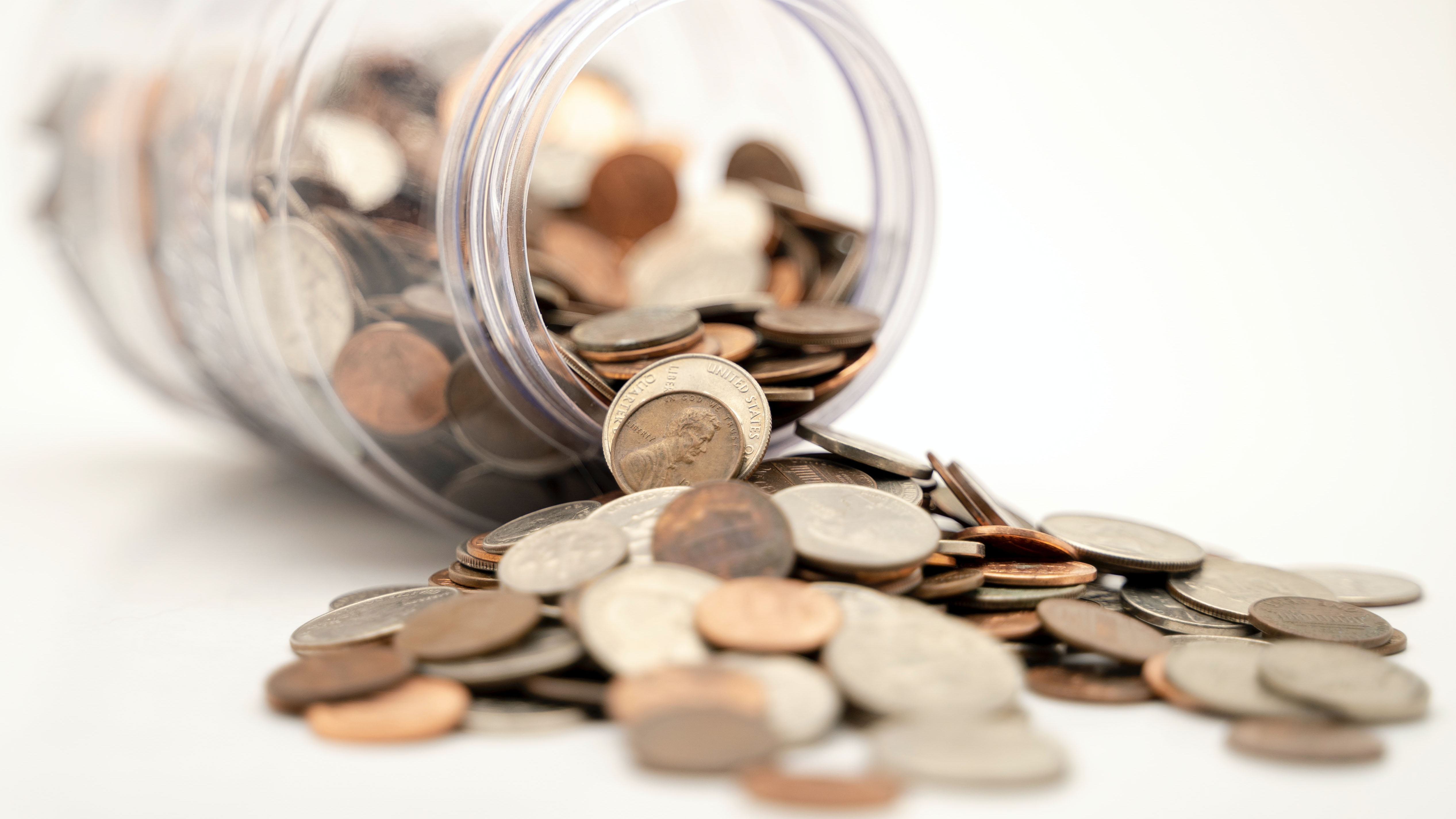2024 Federal Budget: Capital Gains Tax
In the 2024 federal budget unveiled on Tuesday April 16th, the Finance Minister said the government would increase the inclusion rate of the capital gains tax from 50 per cent to 67 percent for corporations and trusts. Individuals will still have the 50% inclusion rate apply on capital gains of up to $250,000 annually, but will now be subject to the 2/3 inclusion rate on capital gains in excess of $250,000 per year.
While the Feds claim this will only affect less than 1% of the population, we strongly disagree. This will negatively affect all people who own corporations with investments, (including most small businesses) discourage capital investment in corporations (hurting innovation productivity and entrepreneurs, and the jobs they support), all estates (leaving less for their families and future generations), and all individuals with one-off significant tax events (who may be hard working, rather than idly rich).
Why is the change important?
The proposed 2/3 inclusion rate applies only to capital gains realized after June 25, 2024. That means there is a short time window to decide if unrealized gains should be realized now.
If you have significant capital investments (whether in a corporation, trust, or held personally), we recommend a consultation with one of our tax professionals to better understand the implications of this new policy on your investments, and discuss possible planning opportunities. Please note that these proposed policies are new and complex and we are watching it unfold. Our team will need some time to engage with more advanced commentary coming out from the government and tax community in the coming weeks before we can comprehensively consult in all circumstances.
If you have personal investments outside your RRSP or TFSA, you will want to analyze your portfolio to assess changes in taxation and strategy. For investments in an unrealized gains position, you may want to sell in advance of June 25 to take advantage of the existing lower tax rates on amounts over $250,000. You will also want to consider the timing of selling to limit gains in any one year to $250,000 to protect your gains from higher taxation. If you are in a loss, you may want to defer the losses until they are included at the higher rate.
If you hold a second property that you are looking to sell, you may want to crystallize a gain before June 25th to avoid higher taxes on the disposition of the property.
If you hold investments in a corporation that you are carrying at a gain, we want to consider the circumstances under which it would be advantageous for you to sell those investments, taking advantage of the 50% inclusion for taxes, and the 50% inclusion into your Capital Dividend Account (cash that can be paid out tax-free later).
Additionally, any corporations that are selling assets to reinvest in their business (by redistributing those funds into a different business or product line) will need to revisit planning for higher corporate tax rates on corporate investment dispositions, and we are happy to help with that forecasting.
For anyone with estate planning, we have a short window of time to consider changes required to recalibrate the tax exposure in the year of death where dispositions often exceed $250,000.
If you are concerned for your tax planning, we encourage you to reach out via email, and we look forward to helping you plan for your future.
Let’s look at the math:
Let’s say you’re a BC professional and part of your financial strategy is to create savings in your small corporation and draw down that corporate investment portfolio to fund your cost of living as needed. Following your annual income strategy, you examine your personal needs: with the increased cost of borrowing (interest) and groceries, kid camps etc you determine you need to sell part of your portfolio, which will trigger a $50,000 CAD capital gain. See below for our analysis and walkthrough. Under the current rules, we pay 29.50%. Under the new rules, our tax rate increased by 10%. That’s 34% more taxes! For someone who takes home an extra $30-35k a year…
Technical Walkthrough
Current Rules:
- Under the current rules, half is taxable. And half goes to the capital dividend account (CDA), which can be withdrawn tax-free as a capital dividend. We now have $25k of tax-free gains, and $25k of taxable gains.
- The taxable half is subject to two different taxes- one permanent , and the other refundable.
- On this transaction, you will pay 20% or $5,000 in permanent tax. Just like it sounds, you pay this, and you can’t get it back.
- You will also pay 30.67% or $7,667 in refundable tax. You can get this back by paying yourself a non-eligible dividend. (You recover 38.33% of the refundable tax for every dollar paid out as a non-eligible dividend.)
- So far in this scenario, there has been approximately $12,667 in total taxes paid. Now, we have to get back the refundable tax.
- To trigger a full refund, you need to pay a non-eligible dividend of $20,005 to get the refundable portion back ($7,667/38.33%). So, you pay out that refundable tax as part of that $20,000 dividend, and that dividend is taxed to you personally.
- In BC, at the top rates, a non-eligible dividend is taxed at 48.9%. That leaves us with $10,220 after tax, plus the $25k tax-free dividend.
In the end, we triggered a $50k capital gain and you had $35,220 left after tax. That’s an effective tax rate of about 29.50% on our capital gain.
Proposed Rules*:
*note, these rules are newly released and not thoroughly communicated by the Federal Budget. Specifically Refund Dividend Tax on Hand, Alternative Minimum Tax, and the new proposals for integration under the income tax act are not clear. This is for analysis purposes only.
- Under the proposed rules, instead of half of the capital gain being tax-free, now only 1/3rd of it is. This changes the outcome significantly. Now a $50,000 capital gain gives us only a $16,667 tax-free capital dividend, and we include $33,333 in corporate income.
- The taxable half is subject to two different taxes- one unrecoverable, and the other recoverable.
- 20% is permanent, so $6700 tax paid
- 30.67% is refundable, and you pay $10,273 in refundable tax.
- So far in this scenario, there has been approximately $16,666 in total taxes paid. Now, we have to get back the refundable tax.
- To trigger a full refund, you need to pay a non-eligible dividend of $26,800 to get the refundable portion back ($10,273/38.33%). So, you pay out that refundable tax as part of that $26,800 dividend, and that dividend is taxed to you personally.
- That dividend is taxed at 48.9%, leaving $13,694 after-tax, plus the $16,667 tax-free dividend.
In the end, we triggered a $50k capital gain and you had $30,194 left after tax. That’s an effective tax rate of about 39.6% on our capital gain.
Under the current rules, we paid 29.50%. Under the new rules, our tax rate increased by 10%. That’s 34% more taxes!
If you are a Metrics client and would like to book a consultation with your tax advisor, please email [email protected]. If you are not currently a Metrics client, CLICK HERE to complete our contact form for new clients.
Disclaimer: Any tax information published on this blog is based on the facts provided to us and on current tax law (including judicial and administrative interpretation) during the time of publication. This does not constitute legal advice. Tax law can change (at times on a retroactive basis) and these changes may result in additional taxes, interest, or penalties. Practice due diligence and if in doubt, speak with a member of our team.





